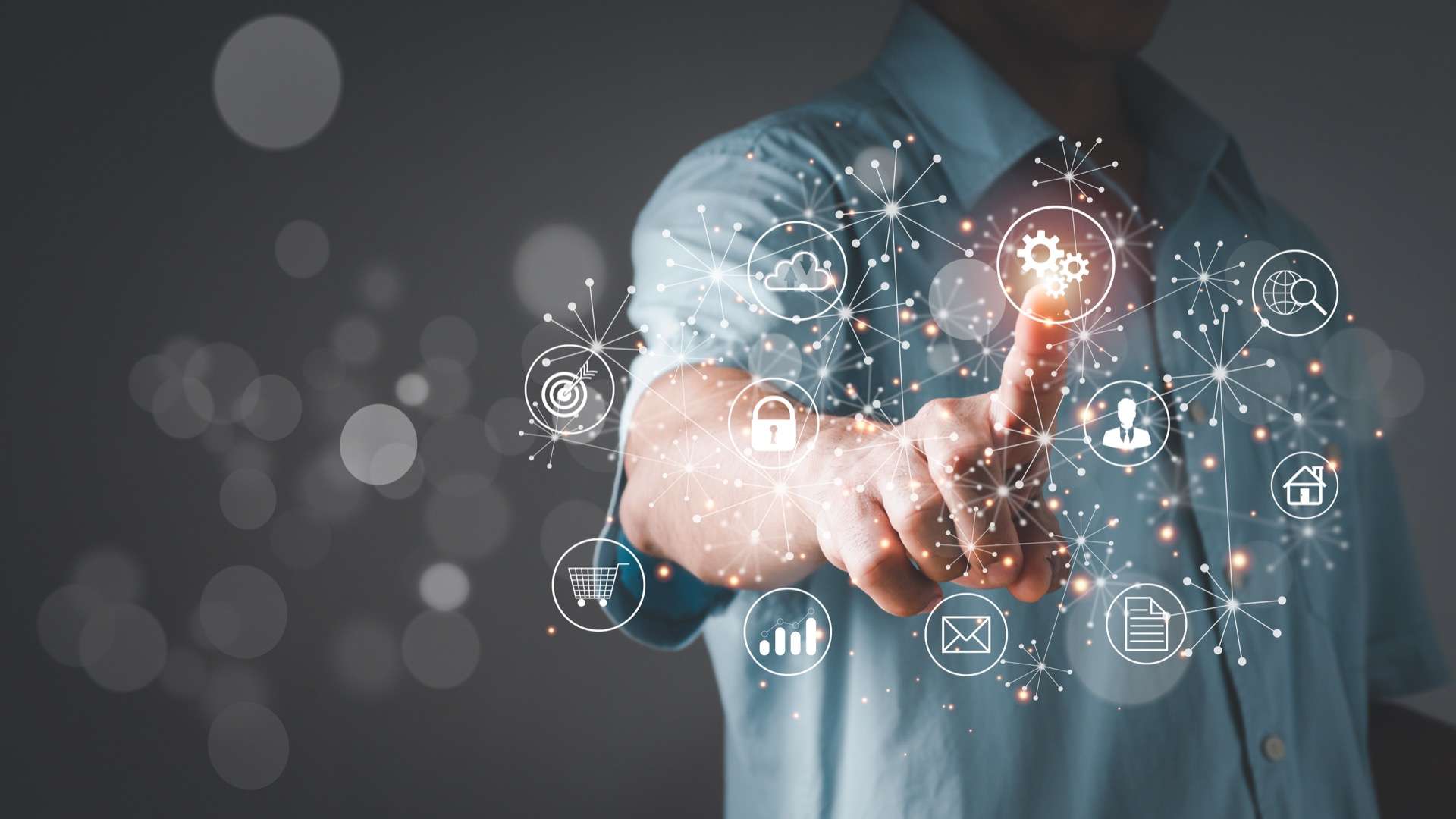Switch, EDF's digital transformation program for the transformation of nuclear engineering
In 2018, the EDF Group launched Switch, the digital transformation program for nuclear engineering. It is part of the Group's Cap 2030 strategy. EDF's objective is, in fact, to initiate a reduction in CO2 by 2030 to achieve a carbon-neutral energy future by 2050. The objectives envisaged by the Group are part of a performance strategy where the preservation of the Planet is combined with the implementation of innovative solutions.
Digital technology is therefore one of the most important levers to support the challenge of transforming the nuclear industry in France and thus improve its performance and competitiveness. Bruno Lièvre, Director of Information Systems for Nuclear Engineering at EDF, explains the Switch program, its issues and challenges.
What are the challenges of this digital transformation?
Switch is a program for the French nuclear industry. A nuclear unit represents millions of data points, thousands of components and a life cycle of several decades! So it's a transformation that primarily concerns our practices, our working methods, around the design and construction of nuclear units, and to accelerate it, we're relying on the capabilities of digital technology.
What are the next steps and challenges ahead?
We began by deploying a PLM (editor's note: Protect Lifecycle Management), the digital solution that manages the lifecycle of a product such as a nuclear unit. This PLM is the backbone of the engineering information systems, around which the other applications and business tools are built. As such, we sign long-term partnerships with leading software publishers in the industry. For us, it is a question of adopting a collaborative mode of operation around data (datacentric) so that our suppliers and partners work directly with our tools (from any geographical location in Europe).
We are finalizing the first stage of deploying digital services for our projects. For example, we have implemented a PLM to support an EPR project under construction, enabling us to federate more than 20 million pieces of data (linked together), and a PLM for the new EPR2 reactor project, which will be the complete digital twin of the power plant. In addition, we have deployed mobility solutions for monitoring production in the plants, as well as the first secure access to our "3D digital model" for our partners. We are modernizing our information systems by using and implementing the most advanced technologies adapted to our users' needs.
What are the next steps in the program?
We are continuing to build on this momentum by preparing, for example, to support the construction of the new EPR2s and the massive use of mobility for the various businesses, the exploitation of IOT (Internet of Things) technologies, the development of 4D applications and the implementation of secure data exchange solutions.
We are deploying digital twins so that they can accompany the unit throughout its life cycle of design, construction and operation while ensuring the protection of our heritage. The subjects are numerous and timed by the industrial milestones of our projects.
What types of talent do you want to recruit to advance and succeed in the digital transformation of engineering?
We need more than 70 people with various profiles: enterprise architects, cybersecurity experts, data experts, project managers and product owners. We are particularly interested in people who have experience in other industries such as aeronautics, aerospace or automotive.
The role of these future employees? To imagine and design the working environment of our engineers of tomorrow and to contribute to the in-depth redesign of our ways of working.
Finally, could you name one of the challenges you've overcome since the Switch program was launched that the team working on it is particularly proud of?
One of the challenges in carrying out this transformation is to get 500 to 600 people from different professions and backgrounds to work together. Since the launch of the program, we have been using SAFe standards (editor's note: the fact of establishing a common and fluid language within a single entity between the various teams working on the development of a common product). These methods unite all the players (business, IT, digital partners) and help accelerate the implementation of digital solutions.
THANK YOU for reading
You Tech 56


Comments
Post a Comment